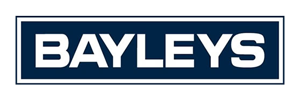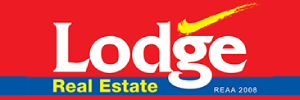 Even though negative gearing can provide serious returns for property investors in New Zealand, like any investment strategy it does come with some level of risk. So it is important to do your research and understand the process to succeed in the market. Here are few pointers to help you understand how negative gearing works.
Even though negative gearing can provide serious returns for property investors in New Zealand, like any investment strategy it does come with some level of risk. So it is important to do your research and understand the process to succeed in the market. Here are few pointers to help you understand how negative gearing works.
What is negative gearing?
Negative gearing is when the interest* you’re paying on the loan is greater than the rental income from the property. The result is a loss. Expenses of ownership can also contribute to negative gearing. For example, unexpected maintenance bills, legal advice and an increase in property rates.
So why would anyone want to put themselves in this position? This brings us to negative gearing's one redeeming quality - in many cases a loss can be written off against the investor's other income. The best way to show how this can work is through an example.
How does negative gearing work?
If your property rents for $480 per week, and it’s fully tenanted during the 2016/17 financial year the gross income would be $24,960. If your deductible expenses for that property totalled $35,000, you would have made a loss of $10,040 on your investment.
Losses aside, if your earn $75,000 a year in your job, then the negative gearing benefit from your investment property would be $10,040 multiplied by the marginal tax rate of 33 percent. $10,040 x 0.33 = $3,313. The amount of tax you save may contribute towards investment expenses, but probably won’t cover them completely.
In other words investors who adopt a negative gearing strategy wear the short-term, tax-subsidised losses because the they are making a long term play for untaxed capital gains.
What’s deductible?
Whether your investment property is negatively geared, or not, you can also claim certain expenses relating to your property while it is rented or available to rent. For example:
- Bank charges and body corporate fees
- Insurance fees and premiums
- Interest on loans
- Property management fees
- Repairs, maintenance and depreciation on stoves, fridges etc.
- Advertising fees when looking for tenants.
Negative gearing can be positive, and in the long run can increase your profits. However, it’s important to understand the risks involved before committing to this property investment strategy. Remember tenants will sometimes be hard to find and markets can crash, so make sure you have another income stream to offset your losses. With all this in mind, weigh up your options, talk to a property professional and decide whether negative gearing can help you increase your portfolio.
* Most loans on rental properties are structured as ‘interest only’. Contact your bank or mortgage broker for more information on this type of loan structure.
Looking for help on your property journey? Download our free guide to help you navigate the highs and lows of property investing.










